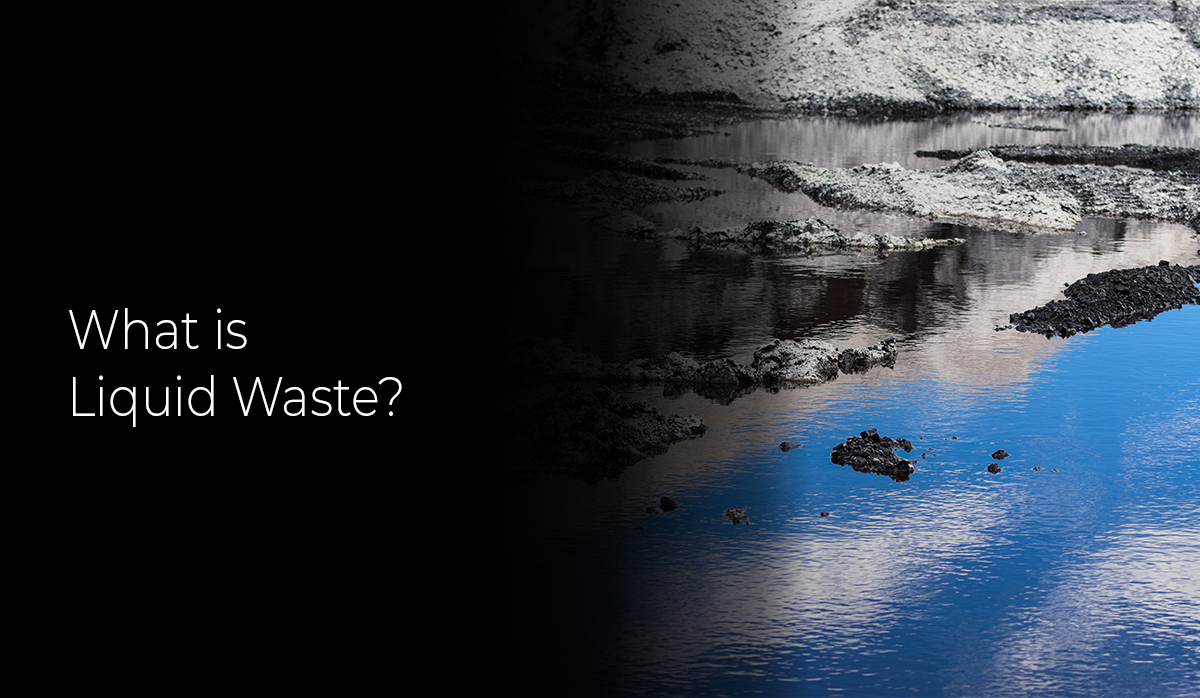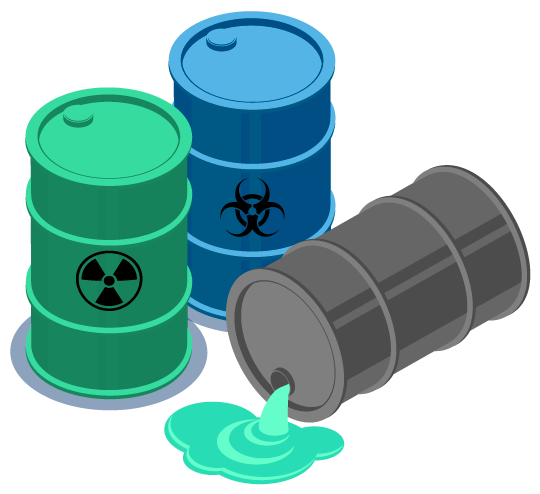Specialist Liquid Waste Removal Melbourne: Maintaining Your Environment Clean
Specialist Liquid Waste Removal Melbourne: Maintaining Your Environment Clean
Blog Article
Exactly How Liquid Waste Disposal Works: A Comprehensive Summary of Methods and Technologies Used

Introduction of Liquid Waste Kind
The complexity of fluid waste kinds demands a thorough understanding of their qualities and effects for disposal. Fluid waste can broadly be classified into numerous types, consisting of commercial, metropolitan, agricultural, and contaminated materials. Each category shows distinctive homes, needing details management strategies to alleviate environmental and health dangers.
Industrial liquid waste originates from producing procedures and often consists of a variety of pollutants, such as heavy metals, solvents, and organic substances. Community liquid waste, largely making up wastewater from homes and business establishments, has raw material, nutrients, and virus (industrial wastewater treatment). Agricultural fluid waste, including drainage from farms, might consist of fertilizers, chemicals, and animal waste, posing threats to water high quality and communities
Hazardous fluid waste is defined by its toxicity, reactivity, or potential to cause harm. Comprehending these varied fluid waste kinds is essential for creating effective disposal techniques and guaranteeing conformity with environmental policies.
Physical Therapy Techniques

Testing is the preliminary step, where bigger bits and particles are gotten rid of from the liquid waste making use of screens or grates. This procedure protects downstream equipment from damage and ensures smoother operation. Complying with screening, sedimentation makes use of gravitational force to separate solids from fluids. In sedimentation storage tanks, larger bits clear up near the bottom, developing a sludge layer, while the clarified fluid can be more treated.
Filtration is one more vital technique that includes passing the fluid via porous products, such as sand or membrane layers, to catch smaller particles. This step enhances the high quality of the liquid, making it ideal for subsequent treatment procedures.

Chemical Therapy Techniques
Chemical therapy techniques are vital for effectively managing fluid waste, specifically in dealing with dissolved and colloidal impurities that physical techniques might not properly eliminate. These strategies use different chemical representatives to neutralize, speed up, or change harmful materials into less dangerous forms.
One typical approach is coagulation and flocculation, where chemicals such as alum or ferric chloride are contributed to advertise the aggregation of suspended fragments. This process enhances sedimentation, permitting easier removal of the resulting sludge. Furthermore, oxidation processes, using representatives like chlorine or ozone, are used to damage down complex natural compounds and microorganisms, making the waste more secure for discharge or more treatment.
Neutralization is an additional critical strategy, which adjusts the pH of acidic or alkaline waste streams to neutral degrees, stopping possible damage to downstream systems and the setting. Moreover, advanced oxidation processes (AOPs) make use of mixes of oxidants and ultraviolet light to break down consistent pollutants, achieving a higher level of therapy effectiveness.
Biological Therapy Processes
Biological treatment procedures play a vital function in the administration of liquid waste by using microbes to decompose raw material and minimize contaminant degrees. These procedures can be extensively categorized into anaerobic and cardiovascular therapies, each utilizing particular microbial neighborhoods to attain effective waste destruction.
Aerobic therapy entails making use of oxygen to facilitate the failure of natural materials by bacteria. This process is typically implemented in turned on sludge systems, where aeration storage tanks provide a conducive environment for microbial growth, leading to the oxidation of organic toxins. The resultant biomass can be divided from dealt with effluent through sedimentation.
On the other hand, anaerobic treatment occurs in the lack of oxygen, counting on various microorganisms to break down organic matter. This technique is particularly beneficial for high-strength waste, as it generates biogas, a renewable resource resource, while decreasing sludge manufacturing. Technologies such as anaerobic digesters are frequently employed in industrial and municipal applications.
Both cardio and anaerobic organic therapies not just decrease the ecological influence of fluid waste but likewise promote resource recuperation, making them necessary parts of lasting waste monitoring strategies. Their efficiency, performance, and adaptability support their prevalent application across different markets.
Arising Technologies in Disposal
Cutting-edge methods to liquid garbage disposal are swiftly progressing, driven by developments in innovation and a raising focus on sustainability. Among these arising modern technologies, membrane layer bioreactors (MBRs) have acquired grip for their capability to combine organic therapy with membrane layer filtering, causing premium effluent that can be reused in different applications. MBRs enable smaller sized impacts and more effective operations contrasted to standard systems.
One more appealing growth is making use of anaerobic digestion integrated with nutrient recovery innovations, which not only treats liquid waste however likewise generates biogas and recovers beneficial nutrients like nitrogen and phosphorus. This dual benefit enhances resource efficiency and decreases environmental effect.
Furthermore, advanced oxidation processes (AOPs) are being adopted for the deterioration of complicated natural pollutants. These approaches make use of powerful oxidants and drivers to break down pollutants at the molecular level, providing an extremely efficient option for challenging waste streams.
Furthermore, the combination of expert system and device learning in waste monitoring see here systems is optimizing functional efficiency and anticipating upkeep, resulting in decreased expenses and enhanced environmental compliance. These modern technologies reflect a significant shift towards even more lasting and efficient liquid garbage disposal practices.
Conclusion
Finally, reliable fluid waste disposal demands a detailed understanding of numerous methods and technologies. The assimilation of physical, chemical, and organic treatment methods ensures the efficient administration of diverse waste types. Moreover, the development of ingenious innovations boosts treatment effectiveness and promotes sustainability in waste management methods. By constantly advancing these techniques, it comes to be possible to deal with the growing difficulties related to liquid waste, ultimately adding to ecological security and source recuperation.
Fluid waste disposal is a crucial element of environmental management, calling helpful hints for a thorough understanding of different methods and modern technologies tailored to different waste kinds. Fluid waste can generally be classified into numerous go to these guys kinds, consisting of commercial, municipal, agricultural, and hazardous waste. Agricultural fluid waste, consisting of overflow from farms, might have plant foods, pesticides, and pet waste, presenting threats to water quality and ecological communities.
Numerous physical therapy methods play an important function in handling liquid waste successfully - industrial wastewater treatment.In conclusion, efficient fluid waste disposal demands a comprehensive understanding of numerous methods and innovations
Report this page